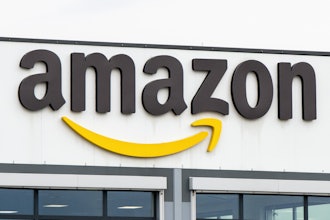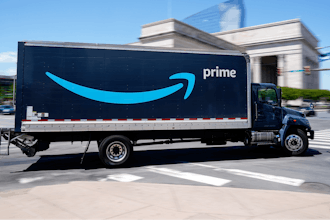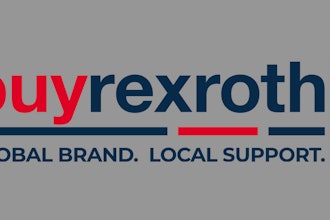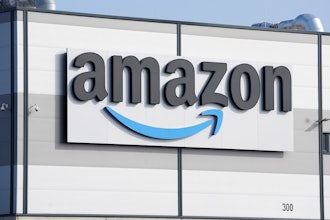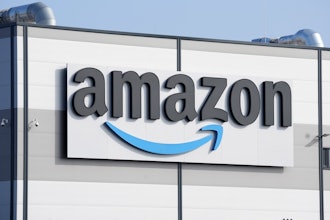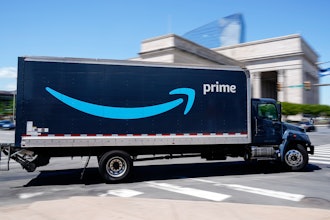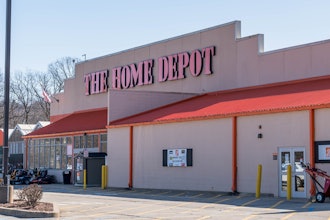
Not too long ago, distributors believed their transactions were too complex, too dependent on phone calls, and too expensive to go online, let alone participate in marketplacification.
And yet, sales on B2B marketplaces reached $112 billion in 2022, and 60% of B2B companies are in the process of building a marketplace directly or through partnerships.
Marketplaces are becoming a hot ticket in the B2B world, and for distribution companies in particular, for good reasons:
- They’re high-growth: Nearly three-quarters of companies that built their own marketplace experienced market share growth over the past two years.
- They’re in demand: A study of 344 distributor customers found that 88% buy from one or more marketplaces, and 33% purchase from five or more.
- They’re a solution for digitization: Since both marketplaces and distribution companies follow a buyer/seller/operator paradigm, the marketplace model fits the distribution industry’s needs like a glove.
Despite all these proven benefits, many distributors shy away from launching marketplaces or implementing drop shipping because they believe it’s prohibitively time-consuming and expensive.
And sure, if using the wrong approach, marketplacification can be resource-guzzling. But it doesn’t need to be. Here are the most common mistakes I see companies making when trying to launch a marketplace.
1. Boiling the Ocean
Many companies go into a marketplace build with unclear goals and unrealistic timelines — they’re trying to do too much, all at once. The good news: the goal isn’t to go from analog to Amazon. It’s to take an iterative approach, at a speed optimized for your unique business and your digitization goals.
We like to use the crawl, walk, run approach:
- Crawl: Start by building the most basic version of a marketplace — your minimum viable product. You are seller number one and will upload your existing catalog and core products. This stage is meant to help you learn and adapt.
- Walk: Dip your toe in by adding a few trusted marquee suppliers that are willing to work with you as you iron out the kinks. In this stage, your trusted suppliers should be able to upload and manage their products on your marketplace while you keep an all-seeing eye on operations to ensure consistency and note points of friction. I also recommend keeping the buyer side invite-only.
- Run: Once you’ve walked, you can launch the marketplace more broadly and start thinking ahead: How can you create more demand? How do you attract new suppliers? Where do you need to adjust for growth? What monetization levers, like supplier advertising or features, should you start building now to pull in the future?
2. Under-Investing in Logistics and Fintech
Your single-vendor commerce platform isn’t built to support multiple seller portals and their product catalogs. Nor can it coordinate the logistics of multi-vendor purchases or payout sellers that are part of the sale. And yet these are critical functions that no multi-vendor marketplace can be without. A marketplace built through the lens of commerce and commerce alone will find itself stuck on a hamster wheel of coding, development, and staffing costs to enable these functions.
Marketplaces exist at the intersection of commerce, fintech and logistics. As such, marketplace platforms should be built to unify these intrinsically linked functions. Here’s a summary of each component:
- Commerce includes the functionality required to facilitate the purchasing and selling experience. Many of these you’ll know: product search, adding to cart, check out, customer reviews. But behind the scenes, there’s also order tracking, system integrations and vendor portals for product management.
- Fintech is the technology that enables the complex payments, accounting and cash flow requirements of marketplaces. In addition to payment processing and revenue recognition, marketplaces are challenged by the need to pay out vendors and navigate a complex tax landscape.
- Logistics refers to the backend processes that get the product from the supplier’s warehouse to the buyer’s door. Marketplace logistics involves juggling suppliers’ systems, communicating with warehouses and buyers, and facilitating smooth returns.
3. Neglecting People Requirements
The success of your marketplace doesn’t only depend on the multi-vendor platform you choose: having the right team in place is essential for success. But that’s easy to miss when you’re laser-focused on getting the technology right.
It’s best to build out your marketplace organizational structure in phases. If there are two functions to fill right away, consider the project owner and the software team.
A marketplace owner is responsible for bringing your marketplace to life and overseeing its day-to-day operations once launched. They own the project, hire the right tech talent, train your sales team on the new technology, implement new processes, and ensure that the commerce, fintech and logistics components work like a well-oiled machine.
Your software development team should launch, maintain and modify your platform as needed. The number of software engineers required depends on whether you’re building your marketplace from scratch or using a marketplace platform. The latter option requires less headcount to scale, and you can do so more quickly and with less risk. Regardless, you’ll also need a development team to maintain the front end of your website to create an elegant brand and buying experience.
4. Creating Too Many Obstacles for Suppliers
Getting suppliers on board – and keeping them on board – comes down to two things: ease of use and ROI. Frictionless sales are a big reason suppliers justify using a marketplace and paying operators a commission, which I call “the marketplace participation tax.” When there’s too much work and not enough reward, that’s when you see suppliers jump ship.
Creating a seamless experience for suppliers can be broken down into two stages:
- Discovery and onboarding: Before a supplier commits to your marketplace, you must demonstrate that the juice is worth the squeeze. An onboarding laden with paperwork, legalities, systems integration, time and resources could turn off suppliers and prompt them to sell elsewhere. Create a positive onboarding experience by automating contract signing, providing step-by-step onboarding instructions and ensuring your platform has vendor support.
- Post-onboarding: Your seller dashboard should be intuitive to use and integrate with your suppliers’ systems so that uploading product information, managing inventory and communicating sales information is automatic.
5. Overlooking the Customer Experience
In the haste to onboard sellers, get products online and streamline commerce, fintech and logistics processes, the buyer experience can get lost in the complexity of managing multiple sellers. Marketplace giants like Amazon have set the bar high for customers’ expectations when shopping online. Word travels fast when marketplaces fail to provide customers with a seamless buying process or when purchases fall short.
To succeed, focus on best practices like fulfilling orders quickly, providing high-quality products, showcasing accurate images and indicating the correct availability.
It’s also important to continue learning about your customer via their shopping habits. Marketplace data can reveal valuable insights about your customer’s buying habits, what they respond to, and what direction you should take your business next.
Launching a Successful Marketplace
There are many misconceptions about building and operating a marketplace. When these lead marketplace efforts, the result can be an overwhelming time-and-money pit that never sees the light of day. But when you choose the right technology partners, orchestrate the right team and prioritize the marketplace user experience, distribution companies like yours can launch a marketplace with all of the upsides — and scale in a manageable, highly profitable way.
Ryan Lee is the founder and CEO of Nautical Commerce.











